Shaping the Future of New Cities: A Roundtable in Iskandar Malaysia
April 15, 2015 — Blog
I just returned from a trip to Iskandar Malaysia to chair a roundtable for developers and leaders of the world’s largest and boldest new cities. The meeting was part of Cityquest, our community of builders of large-scale new city projects and their partners around the world.
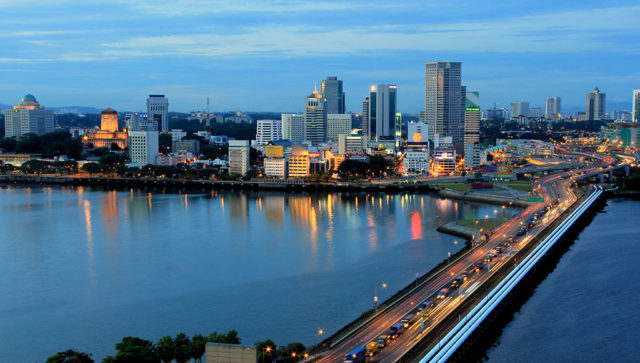
Representatives from four new cities joined us to discuss the topic of city operations, management and governance: Iskandar Malaysia (the host city); KAEC, Saudi Arabia; Lavasa, India; and Egypt Economic City, Egypt.
The meeting was a rare opportunity for concrete exchange on innovative approaches to operating and governing new cities. It also offered a platform for participants to share and discuss challenges they are currently facing and suggest solutions.
Participants discussed core issues such as the implementation of smart operations techniques to measure performance outcomes, and new methods of achieving goals cost effectively. They also shared ideas on how to best utilize available resources while not necessarily relying on technology.
Other topics of discussion included:
- User fee collection for city services, including strategies to ensure 100% collection rate and payment enforcement mechanisms
- Sewage and waste management
- Public safety
- Affordable housing and amenities for integrating low-income communities
- Performance based management and measurement of service delivery
- Changing mindsets of the public, local or national authorities, and the new city’s residents to facilitate the achievement of the city’s vision
It was fascinating to learn about each city’s particular vision, and the ways in which operations and governance structures are adapted to realize this vision. For example, KAEC and Lavasa are putting forward a completely new form of privately led operations and management with an aim provide a role model for other cities in their respective countries to emulate.
Iskandar Malaysia aims… to fulfill a cohesive social vision of wealth creation and wealth sharing while remaining a low carbon society.
On the other hand, Iskandar Malaysia aims to develop the desire and capacity to empower its five local authorities to fulfill a cohesive social vision of wealth creation and wealth sharing while remaining a low carbon society.
Following the roundtable, we were taken on a tour of some of the city’s main new developments.
Iskandar Malaysia is the third new city project I have visited, having previously been to Songdo in South Korea and King Abdullah Economic City in Saudi Arabia. Iskandar comprises 2,300 square kilometers of the Johor Bahru region in the southeast of Malaysia, an area that is three times the size of Singapore. It is made up of five “flagships” – or five separate localities – each with its own governing local authority.
Iskandar Malaysia was created in 2005 with an existing population of 1.3 million in the old city and currently has 1.7 million people, with a target population of three million by 2025. It is different from the other new cities present at the roundtable in that it comprises a mix of both greenfield and brownfield areas.
Our first stop on the city tour was Legoland, one of three theme parks in Iskandar Malaysia, as well as Hello Kitty and Angry Birds, all of which are part of Iskandar’s branding as a destination for “family and fun”.
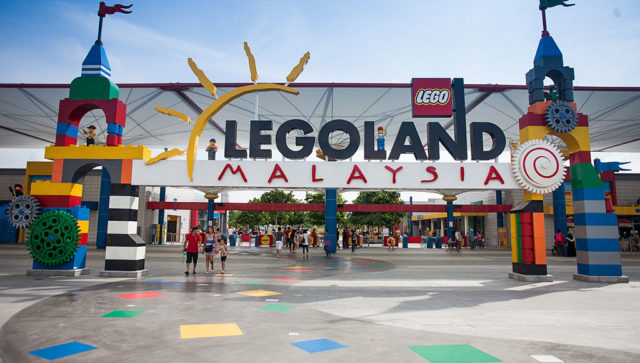
By investing in research and education, Iskandar Malaysia aims to enable economic growth opportunities.
Our next stop was EduCity, an enclave for higher education encompassing nine universities. Iskandar Malaysia is a declared research center on sustainability with goals of reducing carbon emissions by 50 per cent by 2025. Iskandar is also launching a data center hub to provide cutting edge ICT that attracts investment and jobs. In Iskandar Malaysia, 40 per cent of the current population is low to low-middle income. By investing in research and education, Iskandar Malaysia aims to enable economic growth opportunities for these low-income communities in order to fast track the attainment of the country’s goal to be a high-income nation by 2020.
We also stopped by Pinewood Iskandar Malaysia Studios, where national and international films are shot.
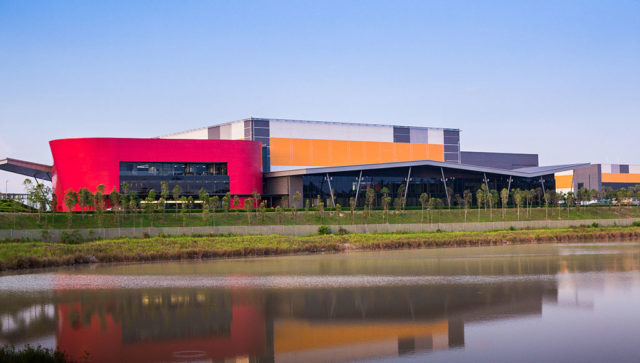
Finally, our tour led us back to Puteri Harbor, a waterfront development built on former marshland that now features a lively pedestrian corridor flanked by hotels, shops, restaurants and spaces for children to play.
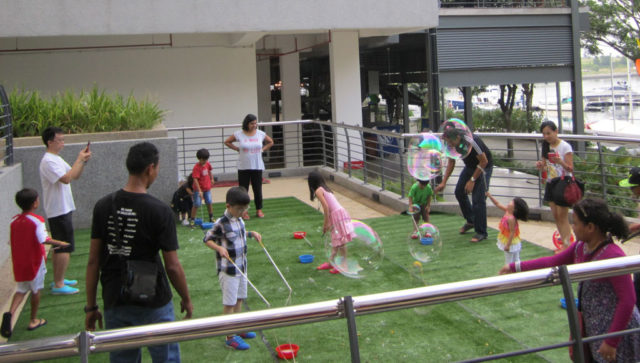
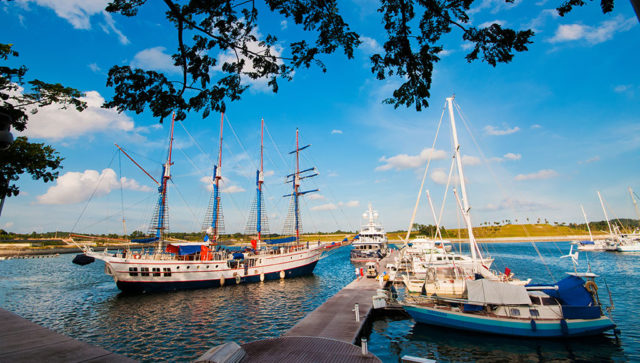
The site visit concluded a constructive day of learning and exchange. Despite the vastly different local and national contexts of these new city projects, the common thread tying them together is their ambition to offer a new model for urban development, as well as the foresight to exchange experiences and undertake unexplored territories together.